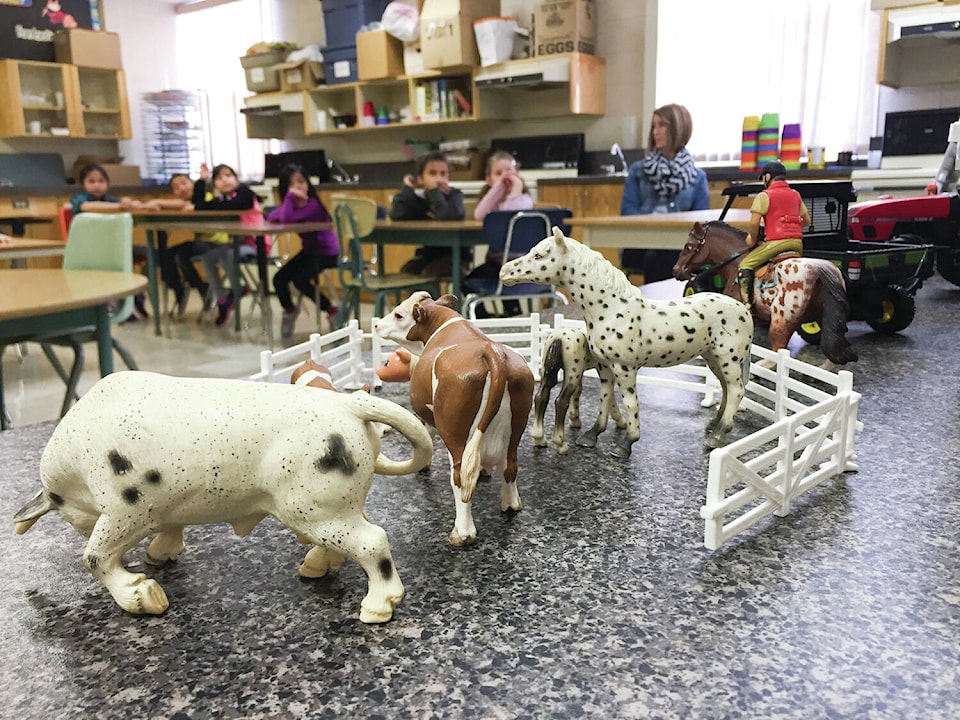Seven days a week, all year long, farmers work long hours to feed the world.
The risks associated with farming vary, depending on whether one is operating a grain operation or an animal operation, but there are risks regardless.
Just because farming can be seen as risky doesn’t mean there isn’t things that can’t be done to minimize those risks, however.
Considering many farmers live on the farm with their families, to minimize risks to children on the farm adults could establish “safe play zones,” according to County of Paintearth assistant agriculture field man Trevor Kerr.
For younger children, the play space could be a fenced off area, Kerr suggests.
For older children who are beginning to help with farm chores, Kerr’s recommendation is to supervise the child until they are old enough and proficient enough at the chore to do it alone.
Where it comes to farm equipment, such as ATVs, Kerr recommends following manufacturers recommendations and not allowing children to operate them by themselves.
Another aspect that can add risk to farming is the working alone aspect of it.
Many farmers work by themselves, in remote areas where communication can be a sometimes thing.
“Have a plan, whatever works for you,” said Kerr.
Whether that’s calling in on the way into a communications dead zone, or checking in via text message on an hourly basis, the important thing, according to Kerr, is that people know where you are and when to expect communication from you.
“Never rely on one piece of communications equipment,”said Kerr.
Kerr noted that there are several cellular dead zones in the County of Paintearth, and for that reason all the county trucks are equipped with two-way radios in addition to cell phones, ensuring that there is a back-up way to communicate if an emergency arises.
The final thing that can limit risk in a farm setting is knowing your equipment, and ensuring that it is properly maintained.
“Do regular maintenance on it,” said Kerr.
“Look it over, look for flaws or defects. That’s very important in keeping everything safe.”
The County of Stettler adds to the list of what farmers can do to mitigate risks.
Quinton Beaumont, the manager for agricultural services for the County of Stettler encourages farmers to develop a livestock emergency preparedness plan.
The plan would feature a farm map highlighting key services on the farm such as power and water, chemical storage and muster points. Additionally, Beaumont recommends that animals be easily identified via tags or tattoos and that records be collected for animal identification, stored in a variety of places onsite, offsite and digitally.
“Emergencies and disasters can last a few hours, or a few days,” said Beaumont, in a written statement.
“It is a good idea to keep enough supplies on hand to last a minimum of 14 days. Store your supplies together in an easy to access place.”
